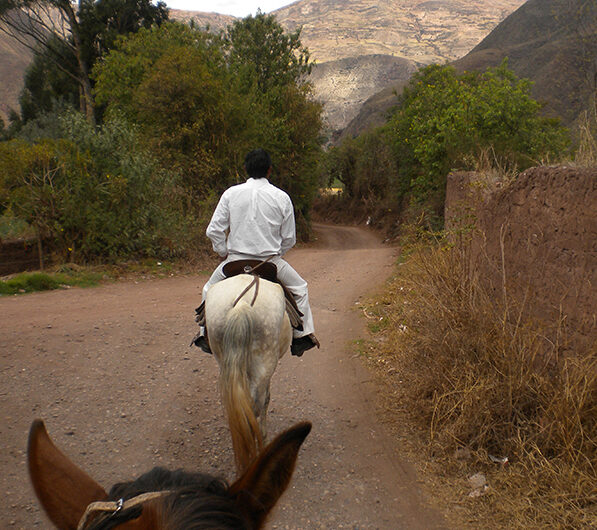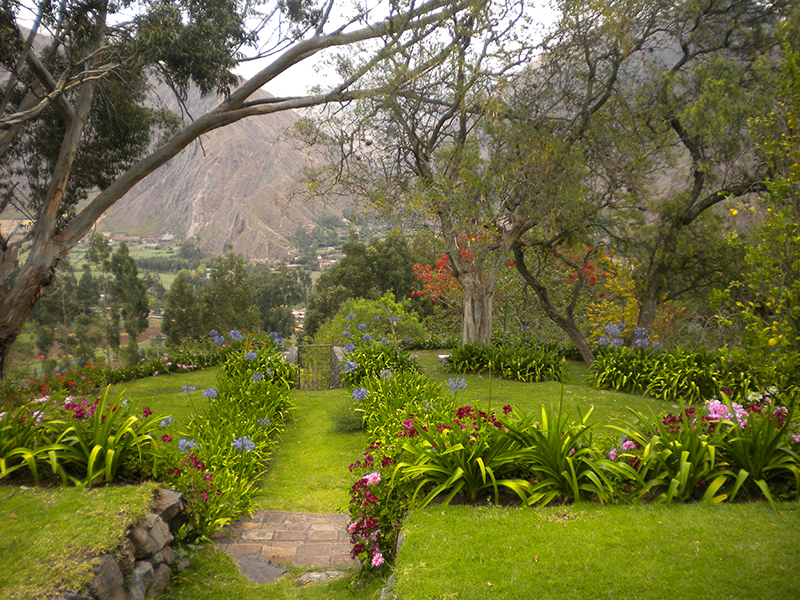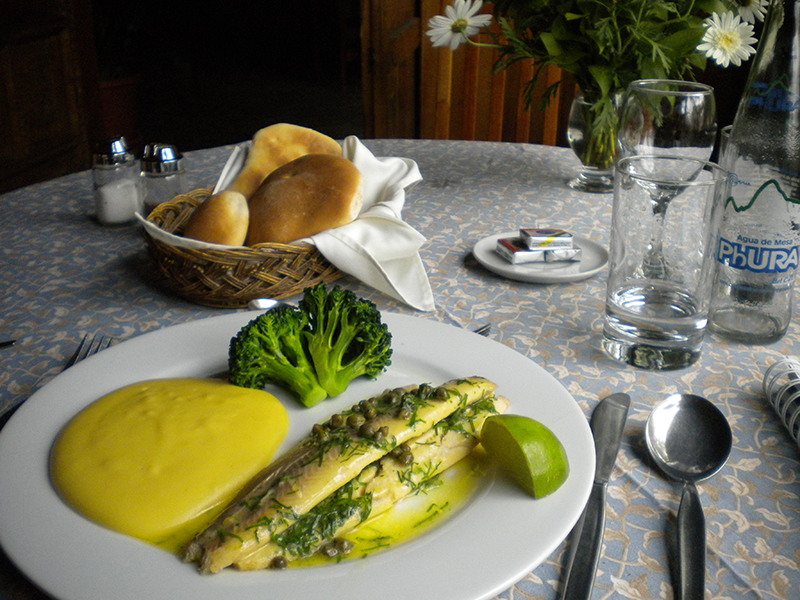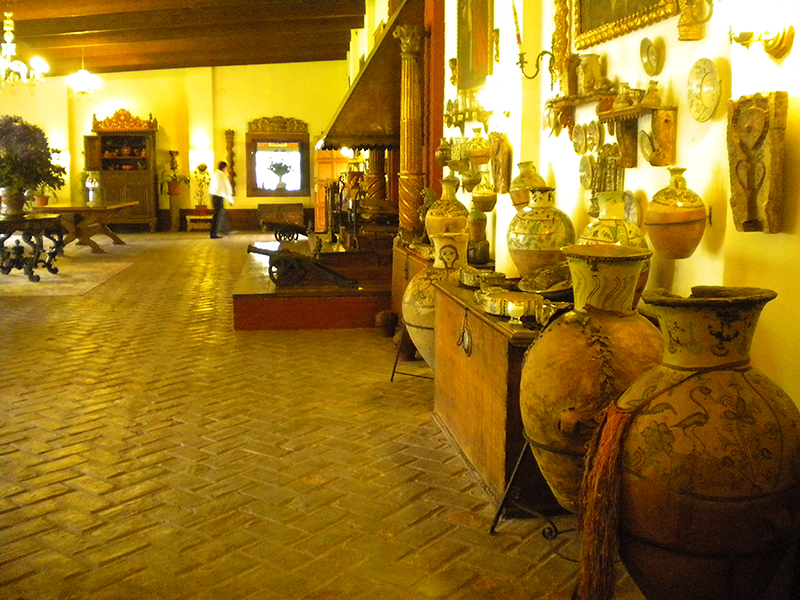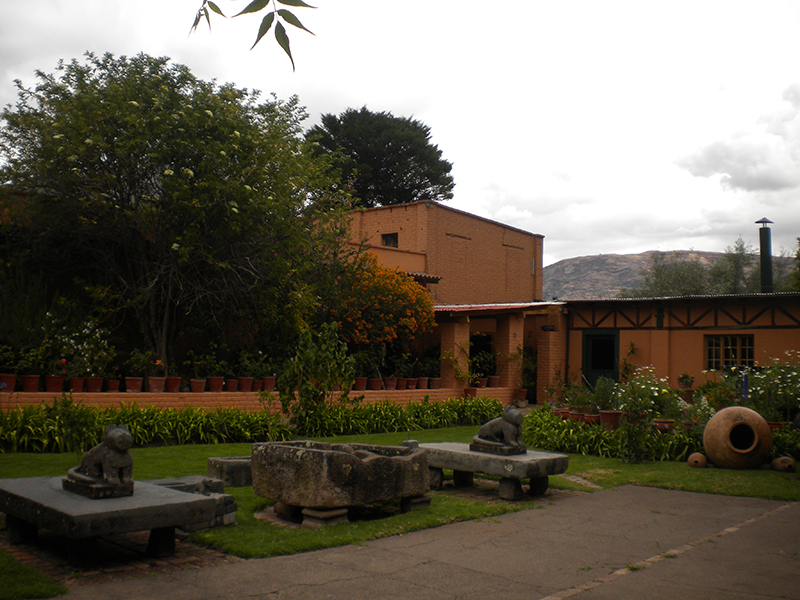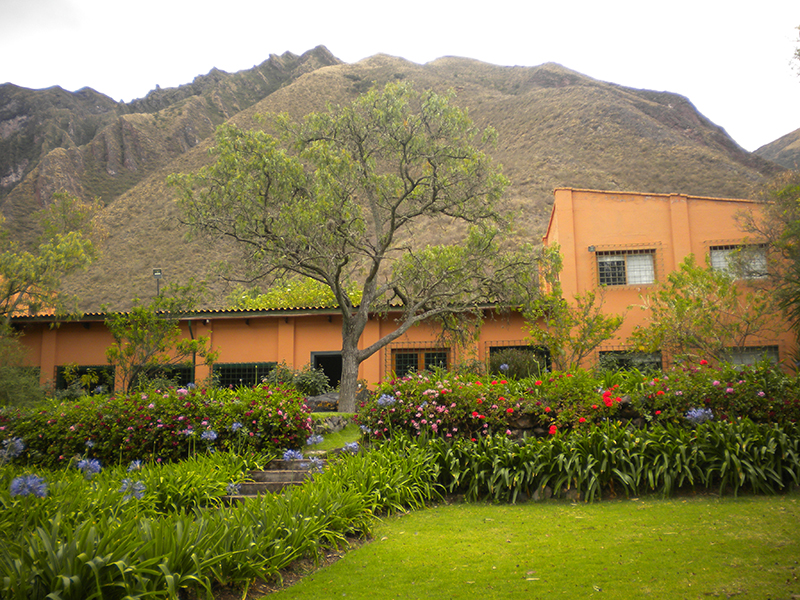A few months ago, while visiting Cusco, I had the opportunity to go horseback riding at Hacienda Huayoccari, a lovely, traditional hacienda owned by the gracious and charismatic Lambarri family and located in the heart of the Sacred Valley. Horse riding in the Sacred Valley is one of the many top adventure activities in the area, alongside biking, hiking, kayaking, standup paddle boarding and more and a great way to soak up the natural scenery – one of the highlights of the Sacred Valley.
Paso Horse Riding Sacred Valley
Riding the elegant and distinguished breed of Peruvian Paso Horse is wonderful experience and a fantastic way to take in the inspiring and often times dramatic scenery of the Sacred Valley. The Paso Horse is ideal for beginners.
Hacienda Huayoccari Horseriding
I took a taxi from the hotel in Urubamba where I was staying, Tambo del Inka, to Huayoccari, a quaint and rural town about 20 minutes away. When I arrived at the hacienda, one of the owners, Jose Ignacio Lambarri, greeted me cheerfully and together we drove a few minutes to an open field where the Lambarri family typically hosts traditional Peruvian Paso Horse shows for those with a particular interest in this fine and distinguished breed.
Peruvian Paso Horses
Here, I met the chalan who entered wearing all white, as is traditional. Chalans are the people in charge of caring for and training the horses and accompanying all guests during their horsebacking riding excursions. After sharing a few words with the chalan, he introduced me to Gustavo, a mature, chestnut-colored Peruvian Paso Horse who would be my companion for the morning. The Paso Horse is known for a distinguished, stable, smooth ride as it naturally has a four-beat lateral gait, the paso llano, as opposed to the more common diagonal gait. Originally brought over from Spain, this breed has maintained its much sought-after qualities through selective breeding and more recently through protection provided by the Peruvian government. Today, the Peruvian Paso Horse is in fact considered Cultural Heritage of Peru by the National Institute of Culture.
Riding through the Valley
After the chalan demonstrated the exquisite gait of the Paso Horse and provided instructions on how to ride, I hesitantly hopped on my horse. Noticing my reluctance, the chalan encouragingly mentioned that the horses do well when they form a bond with their rider, and encouraged me to speak with Gustavo and praise him whenever he followed my lead. With this tidbit of advice, we started our excursion, heading down a picturesque trail flanked by large Eucalyptus trees on either side, towards the Urubamba River. Along the way I was treated to interesting anecdotes about which crops were growing on the farms and when they would be ready for harvest and was also given a fervent explanation about cochinilla, or cochineal, a tiny white insect that grows on cacti. When crushed, cochinilla releases a blood-red liquid which is used as a natural dye for textiles in the region and exported for use elsewhere.
The Urubamba River
As the sky grew dark from the looming rain clouds, we rode our horses across the Urubamba River over a hanging bridge to the town of Urquillos. Afterwards, we continued our steady ride through the town of Huicho, past adobe homes and acres of farmlands whilst enjoying scenic views of the towering mountains and river below. As a few rain drops started to fall, we once again crossed the Urubamba River and hurriedly headed back to the hacienda.
Huayoccari’s Art Collection
Back on the hacienda, I was greeted with a Pisco Sour from Jose Ignacio and given a tour of hacienda’s collection of folk art and ancient artifacts. I then took some time to explore the hacienda on my own, snapping some shots of the vibrant garden flowers before sitting down to a three-course meal in an elegant wood-paneled dining room extravagantly decorated with odds and ends from bygone eras. The savory meal consisted of salad, soup, an assortment of breads, an entrée, dessert and drinks with several options for each course. Just before dessert, Jose Ignacio checked in with me to recommend I opt for the decadent merengado de chirimoya. I, of course, obliged and did not regret a single bite.
More information on Horse riding Sacred Valley
Aracari arranges half-day horseback riding excursion, as described here, or a full-day excursion in the Sacred Valley including a ride to the Maras salt pans and to the Inca terraces at Moray. We also arrange horse riding elsewhere in the country, with a short horseriding experience and longer horseback ride in the Colca Canyon.
Contact us for more information on horseriding in Peru which can be arranged on a private basis as part of any tailormade trip to Peru.

